Alleviate the Pain of Obsolescence
Obsolescence can have a huge impact on the operation of an industrial network. It occurs when a person, object or service is no longer wanted, said Steve Murray, control systems supervisor at metals manufacturer Asarco, during his presentation at the 2009 Invensys North America Client Conference in Houston this October.
Murray further divided obsolescence into two types: technical and functional. "Technical obsolescence occurs when superior products become available, when incompatibility with newer products creates an island of technology, or when products become useless due to changes in other products," said Murray. "Functional obsolescence occurs when equipment no longer functions as it did when new, failure rates increase, spare parts are unavailable or expensive, a manufacturer no longer supports it, or there's no longer internal support available."
Equipment age isn't a justification for replacement but is a factor in failure rate and maintenance costs, Murray said. "Equipment easily can outlast manufacturer's support, and the cost of its use must be balanced against the cost of replacement," he continued. "All equipment is obsolete or will become so."
Murray advised listeners to choose products that are in the early stages of their lifecycles, purchase spares as part of initial capital outlay, find out manufacturer's support options and track record, and be aware of end-of-life dates when making new equipment purchases. "On existing equipment, stockpile spare parts, find alternate sources of parts and repair, upgrade portions of complex systems and use their parts as spares, and encourage manufacturers to develop replacement modules using new components," he recommended.
